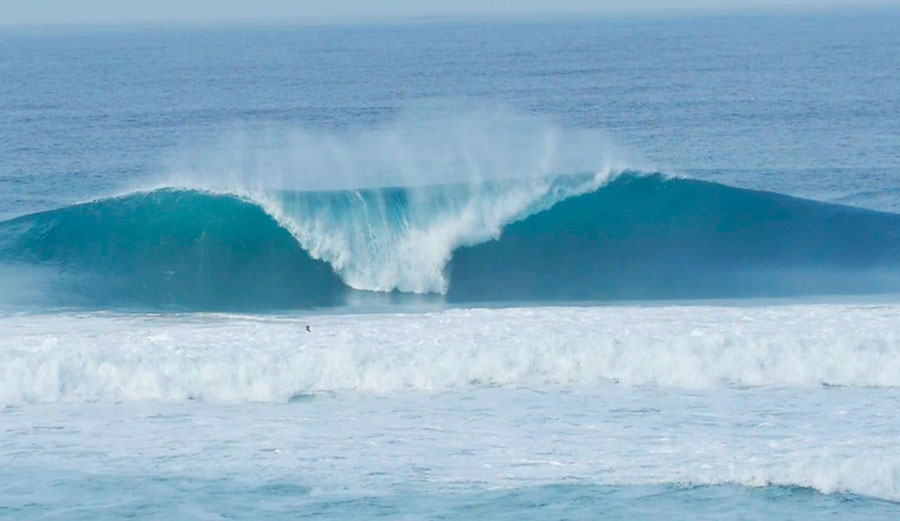
El Niño might be great in San Diego, but other parts of the world are struggling.
Thanks to the strongest El Niño’s since 1996-1997, this winter has given the Pacific an unbelievable run of surf. Every spot from San Diego to Maui has been firing on all cylinders, and surfers couldn’t be happier. Plus, the wet winter in California has finally given the state a tiny bit of relief from a crippling drought. Unfortunately, it’s not all good news when it comes to El Niño. The event isn’t so great for everyone on the planet, as the reversal of usual weather patterns has completely upended the lives of millions of people worldwide.
The biggest problem with El Niño is that it’s effects are different everywhere, and they are difficult to prepare for. Even though scientists began reporting the signs of El Niño early last year, and they confirmed an event by mid-year, it is nearly impossible to predict exactly where, when, and how the strongest effects will be felt. For example, Southern California braced for flooding, yet the winter has remained relatively dry in the region. As a result, although nations around the world brace for “the boy,” they can rarely do anything constructive to prepare.
This year, strong effects of El Niño are being felt across the world. The World Health Organization has stated that El Niño has put 60 million people at risk of malnutrition, water- and mosquito-borne diseases, and other illnesses. The hardest hit areas are the rural villages in Africa and Asia as well as some urban regions in South America.
In Paraguay, the downpours have been so extreme that over 145,000 people across the country have been displaced, according to Joaquín Roa, Paraguay’s minister for national emergencies. He also reported that the region around the nation’s capital, Asunción, has experienced the most severe flooding, with over 60,000 people displaced.
Flooding forced families from their homes, and now the nation’s capital, Asunción, is brimming with shantytowns. Temporary houses built from scrap wood and plastic sheets line the city streets, and still, the people can not return home. The yearly April rains are expected to flood the already swollen rivers, and it is useless for people to return home only to flee once again from the rising waters. Shantytowns like these are ripe for disease, and the health of the people living in them is in jeopardy.
However, India has experienced an opposite effect. The normal monsoon season has been disrupted, and many regions received far less rain than usual. Some areas saw as high as a 40% reduction in rainfall. Farmers have been unable to yield sufficient crops to sell or support their families. Instead, the farmers have been forced to abandon their fields to take day jobs. Most Indians are farmers, and with so many unable to grow, many compete for a small number of public work’s jobs. This work is unsteady, and many are struggling to feed their families.
South Africa too has struggled with the worst drought in decades. The country has lost much of its corn crop, which in turn caused an increase in the price of cornmeal, a staple food for much of the country’s population. The World Bank estimates that as a result of the drought, over 50,000 people have been pushed below the poverty line- a mere $32 per month for the country.
In sum, count your blessings. El Niño isn’t as good to everyone as it is to surfers. If you’d like to contribute to areas dealing with the effects of El Niño, please learn more here and here. Also, feel free to share any additional organizations that are offering El Niño relief in the comments section.

